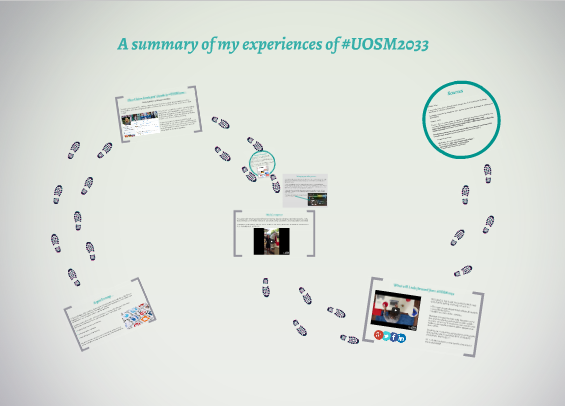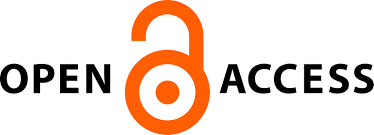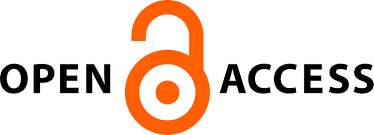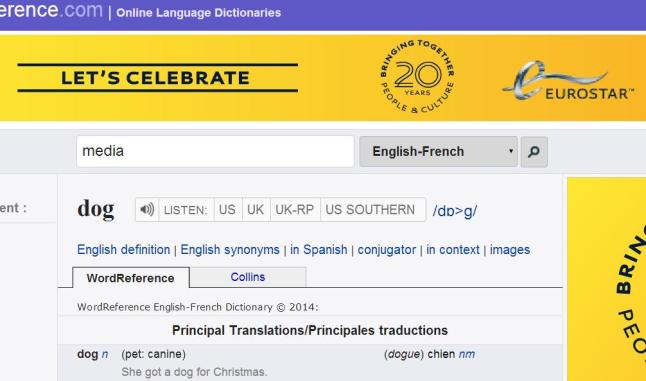‘Your online identity is the sum or your characteristics and interactions’ (Internet Society) with different websites. The adage ‘on the internet, nobody knows you’re a dog’ created by Peter Steiner referred to a time when our online identity could remain separate from our real lives, however, now many people are pushing for authentic, transparent online identities which truly reflect the user. At the same time, others have multiple identities across varying social networks for different purposes.
So what are the arguments for and against having more than one online identity?
The creator of 4Chan, Christopher Poole argues that ‘individuals are multifaceted – they have to have multiple identities’ (2012), which is reflected in the way that 4Chan is characterized by anonymous users and lack of archive. Others like Martin Clear stress that we ‘have [always] maintained multiple identities and separate circles of acquaintances’ (2014) and states that not all our acquaintances are interested in the same content we share and generate over different platforms. According to him, this is why we set up different accounts portraying different identities, to tailor them for our varied target audiences. Others believe that in order to avoid controversies à la Justine Sacco, we should have many identities or: ‘one for work, another for schools, another for home, another for friends’ (Jarvis 2011).
I was interested to read that ‘as a marketing tool, in order to reach the most valued niche audiences possible, fragmenting your interests into separate social media accounts seems worthwhile’(Casserly 2011), which reflects my personal use of Twitter to interact with potential employers and market myself.
However…
many disagree with multiple online identities, principally the founder of Facebook, Mark Zuckerberg who said that ‘having two identities for yourself is an example of a lack of integrity.’ (2011) Unlike those who see multiple identities for friends/family/work as essential, he predicts that ‘having a different image’(2011) of yourself for different audiences is short-lived.
Nowadays many people only want ‘online interactions with authentic identities’ (Krotoski 2012) which has seen many businesses, figures in the Communications Industry and celebrities construct single, transparent identities which show a much more human side to themselves, making themselves therefore more appealing.
Having multiple online identities can be dangerous as it leads to anonymity which can in turn, give rise to cyber bullying in the guise of ‘anonymous trolls…attack[ing] people online,’(Jarvis) as users deem themselves to be safe from punishment.
Personally, I am of the same opinion as Martin Clear and I have multiple online identities which I tailor to the desired audience – the content I share on Facebook (aimed at my friends and family) is different to that on LinkedIn for example. However, I firmly believe that regardless of whether one has single or multiple online identities, it is essential to keep in mind exactly why you are using the internet and who the content you generate is aimed at: one always should keep things professional, even in a personal domain…
Sources
Casserly, Meghan. 2011, Multiple Personalities And Social Media: The Many Faces of Me, Forbed, Available at: http://www.forbes.com/sites/meghancasserly/2011/01/26/multiple-personalities-and-social-media-the-many-faces-of-me/ %5BAccessed 24/10/2014]
Clear,Martin. 2014, Why should I reveal my ‘real identity’ online? Anonymity isn’t so terrible, The Guardian, Available at: http://www.theguardian.com/commentisfree/2014/jan/15/reveal-real-identity-online-anonymity [Accessed 24/10/2014]
Helft, Miguel. 2011. Facebook, Foe of Anonymity is forced to explain a secret, The New York Times, Available at: http://www.nytimes.com/2011/05/14/technology/14facebook.html?_r=0 %5BAccessed 24/10/2014]
Jarvis,Jeff. 2011, One identity or more?, Buzz Machine, Available at: http://buzzmachine.com/2011/03/08/one-identity-or-more/ [Accessed 24/10/2014]
Krotoski, Aleks. 2012, Online Identity: Is authenticity or anonymity more important? The Guardian, Available at: http://www.theguardian.com/technology/2012/apr/19/online-identity-authenticity-anonymity %5BAccessed 24/10/2014]
Withnall, Adam. 2013, PR executive Justine Sacco apologies after losing job over racist Aids ‘joke’ provoked #HasJustineLandedYet Twitter storm, The Independent, Available at: http://www.independent.co.uk/news/people/news/pr-executive-justine-sacco-apologises-after-losing-job-over-racist-aids-joke-provoked-hasjustinelandedyet-twitter-storm-9020809.html [Accessed 24/10/2014]
Internet Society, ‘Online Identity Overview’. (Video). Available at: http://www.internetsociety.org/online-identity-overview %5BAccessed 24/10/2014]
Steiner, Peter. 1993, On the internet, nobody knows if you’re a dog, The New Yorker, Available at http://en.wikipedia.org/wiki/On_the_Internet,_nobody_knows_you’re_a_dog#mediaviewer/File:Internet_dog.jpg [Accessed 24/10/2014]











